I informed the desk attendant at the right side of the lobby that I had a meeting with Ms. Wimalasena, and, without any verification of my credentials or contacting my alleged interviewee, I was provided instructions on how to find the appropriate office. Strategically located fans hummed comically as their efforts failed to produce even the slightest respite from the oppressive heat resting defiantly inside the building. I navigated the stairs to the second floor to find a veritable maze of nearly identical glass-walled offices. Only single metal signs denoting the name of the exact office contained within the continuous-yet-partitioned offices offered any clue as to whether I was headed in the right direction. Eventually I asked someone roaming the halls, and they motioned that the Legal Office was down a long corridor and to the left. Finally I came upon the steel engraved placard displaying the magical words, "LEGAL OFFICE," and I pushed the door to enter the cordoned-off area. As usual I felt slightly embarrassed as I explained the reason for my sudden appearance. A woman led me to the Director's office, a cubicle within a cubicle, and I introduced myself, apologizing for arriving earlier than planned (the result of a residual insecurity from a time in college when I was thoroughly chastised for turning in a term paper early, causing the professor to misplace it and award me an undeserving "F"). From then on I conducted the interview, which was more like an information session a hopeful intern might attend and less like a focused discussion of environmental rights. Our meeting was interrupted a couple times for urgent work-related reasons, but this was to be expected in any major bureaucratic body. Nevertheless, it was useful to understand more about the existing legal framework pertinent to environmental issues and what kinds of legal problems the office has had to contend with. I showed myself out and left the building correctly through the exit this time, stepping in front of an SUV that was attempting to squeeze out of the narrow passage.
At this point in the morning I was positively starving. I walked along the road until I encountered a small village of food vendors serving various baked goods and beverages. It looked like an ad hoc settlement where construction workers might stop for fuel after putting in a couple hours of work. Eating virtually anything from a small roadside vendor was extremely risky for me given the quality of food preparation, the ripeness (read: rottenness) of the food, and the fact that I have food allergies. However, feeling famished and uncommonly adventurous, I surveyed the array of pastries that sat stacked behind a glass case and chose what I assumed to be the most innocuous delicacy- a bun with a pool of crystallized sugar gathered in the center, a kind of half-hearted donut. I pointed to the treat and asked for the price. "Twenty rupees," replied the middle-aged woman behind the counter. This amounts to roughly fifteen cents in US currency. I was quick to oblige. I handed the woman a 50 rupee note, which won me a gracious grin, and I flew away, voraciously consuming my newly purchased glistening gem of doughy goodness not even twenty feet later.
Eventually I found myself at the corner of an unfamiliar intersection, and it was unclear as to which way I should go. Suddenly, I remembered that I had forgotten to collect my questionnaire and media release forms from Ms. Wimalasena. Discouraged only because it meant that I would have to walk in the treacherous heat back the way I had just come, I begrudgingly retraced my steps and opened the gate to the entrance of the environmental compound where I explained my situation to the guards laying back in the security booth. Without much discussion they signaled that I could pass through. I crossed the threshold to the entrance, explained what had happened to the pleasant desk attendant, and started up the wooden staircase, where warm air hung like disappointment after losing the big game. Fortunately Ms. Wimalasena was still in her office, and she recognized right away why I had returned so soon after our interview. She told me that she didn't have my cell number or else she would have called. Happily I collected my lost items and left the building yet again. This time I let myself out of the gate. No one objected.
I made my way down the street until I stood in the midst of a pack of trishaws. I figured these tuk tuks would be more dependable than the ones by my hotel, as they lingered near the foreign employment office. They were not catering to a wealthy clientele. I located a driver willing to bring me to the National Museum and we sped west, the promise of an officially sanctioned cultural experience providing me with energy as my sugar rush began to fade.
Satisfied that I finally took a trishaw without being taken for a ride, I alighted at the museum, a palatial estate that reminded me of the White House. Although part of the exhibit was closed for renovations, I was more than happy to see what I could. I paid 250 LKR for my ticket and 250 LKR for a photography permit, and proceeded into the surprisingly dark and humid interior of the monument to Sri Lankan history.
The National Museum displayed artifacts dating from antiquity through the birth of the modern state system. Fantastic relics of stone, metal, and ivory illustrated the various cultural and religious influences which found their way into Sri Lanka's works of artistic expression. Portuguese, Dutch, Indian, and Chinese elements fused with Hindu and Buddhist religious inspiration. Busts of ornate Hindu gods stood alongside geometrically consistent depictions of Buddha. Aside from the sheer impressiveness of the exquisite detail featured in the cultural artifacts (the royal throne cast in gold and covered in red velvet is a clear stand out), I think the most unexpected attribute of the artwork was its deliberate attention to proper human proportions. I always found European art from the Medieval period bland and unrealistic, as infants appearing in frescoes (I found out that the very term "fresco" is actually a misnomer) were painted in proportions that had them look like miniature adults, for example. In Sri Lankan murals dating back to the 5th and 6th centuries, however, the human form was presented usually in 3/4ths view using physical representations that approached true-to-form anatomical correctness. While some artifacts seemed like classic manifestations of ancient deities (occasionally reminding me of Mayan statues), others, particularly a few of the paintings, seemed almost cartoonish given the liberal use of vibrant colors throughout. In short, the exhibit was exceptional not only for the incredible artisanship on display, but also for the variety of artistic media available for appreciation.
On my way back to my hotel I got seriously lost. I was walking around Beira Lake, past the cricket field, when I made a turn down Hudson, which, as it turned out, was the wrong street. From that point onward I meandered through ever-narrowing unpaved roads lined by conjoined ramshackle domiciles. Towels served as doors. Sacks of rice formed solid, if lumpy, furniture. Buckets functioned as sinks. It was my first time in the presence of housing that looked like it could have been featured in National Geographic Magazine, where Westerners could view dilapidated slums from the comfort of their heated toilet seats. As the roads constricted so too did my throat, the unfamiliar territory closing in on my confidence, marking my defeat at last. To my surprise, despite the alarming condition of these familial prison cells, everyone I came across was amiable and chipper. Although I was a White alien in a gray polo shirt, I instantly felt that my presence was received not with suspicion but celebration. Sparkling white smiles flashed as readily as sanguine salutations. Children unencumbered by clothing darted in and out of terraces like scrawny hummingbirds fluttering from one nectar-laden flower to the next (Note: I deliberately did not take any photographs of the people of these humble quarters because I have grown increasingly self-conscious about objectifying others and placing some kind of artificial distance between myself and them, especially when I'm the guest in a foreign land. As Julie Delpy remarked in the film "2 Days in Paris," at some point when observing the world through the lens of a camera, one inevitably becomes divorced from the reality they are seeking to capture. I very much wanted to maintain my ontological position as a constituent element of my current surroundings).
Eventually I came to an impasse. To make matters worse, my sugar bun was now a distant memory, and the beast of hunger began to growl antagonistically. Realizing that I must have mistakenly made my way into this backroad neighborhood, a woman politely directed me to walk through a narrow shaded corridor marked by a makeshift moat of stagnant wastewater. It seemed too closed in to be the right path and yet, sure enough, after sidling through a 100-yard stretch of slender pavement I emerged out onto a wider road. The blinding field of nearby hanging laundry seemed like comforting flags of my home country. I knew where I was. I walked toward Beira Lake and was back on the main road in no time.
What was remarkable about these squalid abodes was the amount of life that was carried out and contained within their limiting concrete walls. Whole families, including pets, shared these minute spaces, able to carry out every day tasks and chores that people pay others to do in houses 10 times their size. Their minimalist lifestyles elicited an acute sense of capitalist guilt, the psychological consequence resulting from a maldetermination of need manifested in an excess of consumption. These living situations highlight the importance of perspective when differentiating one's physical needs from one's culturally derived wants. In fact, just the other day I became engaged in a debate on Instagram with someone who posted a photo of a collection of basketball shoes juxtaposed with a photo of a large house. The message of the overall picture was that some dreams are legitimate because of the seriousness conferred by their prestige, whereas others are inferior because they focus on less objectively desirable goals. I argued that this photo missed the point entirely; that is, whether it is aiming to own lots of shoes or a McMansion, both are completely unnecessary and neither are laudable pursuits because they are driven by an emptiness borne of insecurity. The point is that the crowded shacks that I walked past during my high noon hunger daze suggested that perhaps happiness is not a human emotion best measured in square footage.
Minutes later I stood drenched in sweat at the entrance to Crescat Boulevard. I had arrived at Sugar Bistro and Wine Bar, and just as destiny and the kind hearts of slum dwellers enabled my triumphant return to my place of origin, I felt destiny compelled me to replenish my exhausted energy supply with another filling English breakfast. Little did I know at the time, I would need every bit of strength at my disposal for the final interview of my field work in Sri Lanka.
My seventh and final interview was scheduled for 5:30pm with Dr. Sumith Pilapitiya at the World Bank. I left the hotel at 5:00pm, confident that I could walk to my site in rush hour traffic faster than any trishaw, however honorable or nimble, could motor. Although the sun began to set, the temperature had not received the memo. Nevertheless, I forged ahead on the concrete, wasting no time and stopping for no one. At 5:15pm I came up to the location where my trusty Google maps had informed me I could find the World Bank office. The only problem was that the addresses on the nearby buildings were all wrong- they were in the hundreds and I was looking for 73-upon-5. To complicate matters, I asked several people nearby in a frantic attempt to find this building, but they either gave me the wrong directions or had no idea whatsoever where this supposed building could be found. I walked up and down 5th Lane three times, ignoring the security guard whom I had asked for directions when he saw me curiously speed pass his booth back and forth along the road. It was now 5:30pm. I did not want to be late for my interview and there was no way in hell I was going to miss it. Still, I could not find the DFCC building to save my life and I was officially late.
In a moment of resignation I called my interviewee's office and left an apologetic message, explaining that I simply could not find his office and I did not want to waste his time if he was not able to meet. However, I planned on heading up the road in the hopes that I might eventually find the correct building. Just as in the case of Nepal, I flirted with disappointment on my last day and the ugly feeling of failure crept over my forehead, displacing the feeling of sweat and curled hair with a warm and gut-wrenching sensation. I tried using Google maps again, and, to my surprise, the output of my search matched that of an initial query I had processed the day before but had dismissed in light of the most recent effort. The results made my blood boil. The World Bank office which I so desperately intended to find was about 1/4 mile from my hotel on the very same side of the street. I could have leisurely strolled out of my hotel at 5:20pm and turned up Galle Road to make my interview with time to spare. That image only served to vex me further and strengthen my resolve to get to the office. Maybe, just maybe, I could catch my interviewee as he was exiting the building for the day. It was worth a shot.
From then on, I bolted up the street, a man possessed by determination and unphased by his deteriorating physical appearance. Once I reached the American Embassy I started sprinting, holding my shoulder bag which contained my camera and digital recorder close so as to not lose the very equipment I would need for the interview. In bandaged heel and boat-shoed feet I ran like I could see the finish line at the Surf City Half Marathon. Finally I turned right down a recently paved but nondescript road, reaching what looked like a sleazy Italian restaurant or banquet hall in New Jersey. Panting and painted in the sweat of my dedication, I explained to the guards stationed outside who I was and why I was at the DFCC building. They granted me entrance and I filed into the elevator to reach the second floor. Once the elevator brought me up one level I exited enthusiastically and scanned the offices for signs of life, or, more importantly, Dr. Sumith Pilapitiya. I worked my way around a corner and became startled by what I found- Dr. Pilapitiya's office, door ajar, lights on, with a bag on the ground and glasses resting beside his computer. The air conditioning was blaring an unmerciful tune. It rang like music in my ears. Clearly, he was still here. I searched the other offices for someone who could shed light on this mystery and confirm my suspicions. I found one such gentleman, who informed me that Dr. Pilapitiya was in a meeting down the hall. We walked down the hall and opened the door to the meeting in progress. Not having any idea what my interviewee looked like, I cast a wave into the general vicinity of the conference room. One gray-haired man stood up and made his way to the door. He told me that if I was willing to wait, he could see me after his meeting. In the meantime, I could sit in his office.
Overjoyed, I retreated to Dr. Pilapitiya's office to cool down and calm my nerves. I waited an hour, but it was worth it. I didn't give up. I didn't fail. Persistence reigned supreme. Sometimes, the wheel that squeaks the loudest does get the grease.
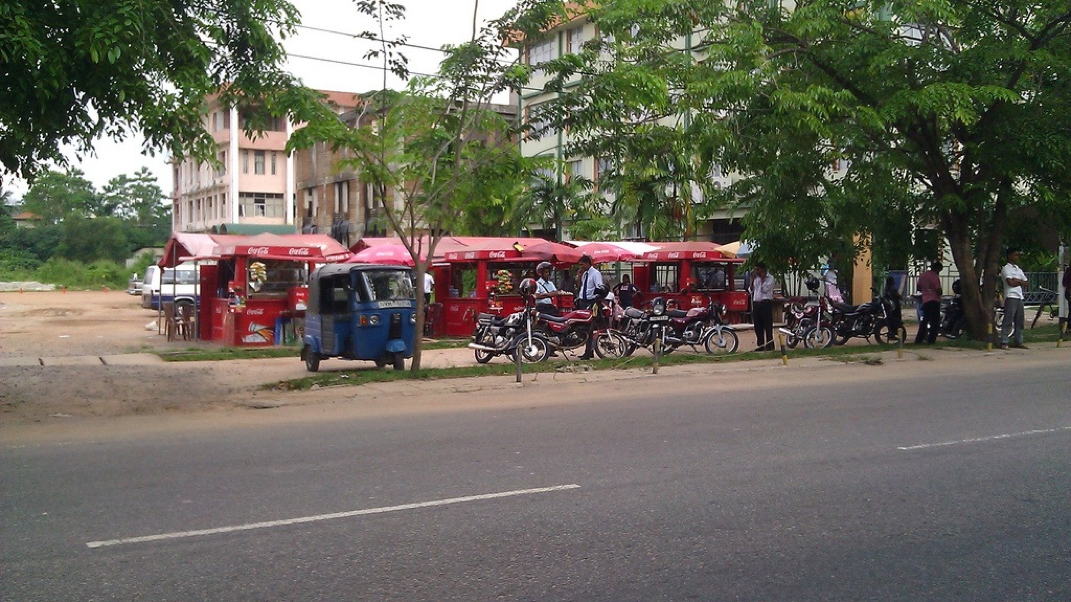
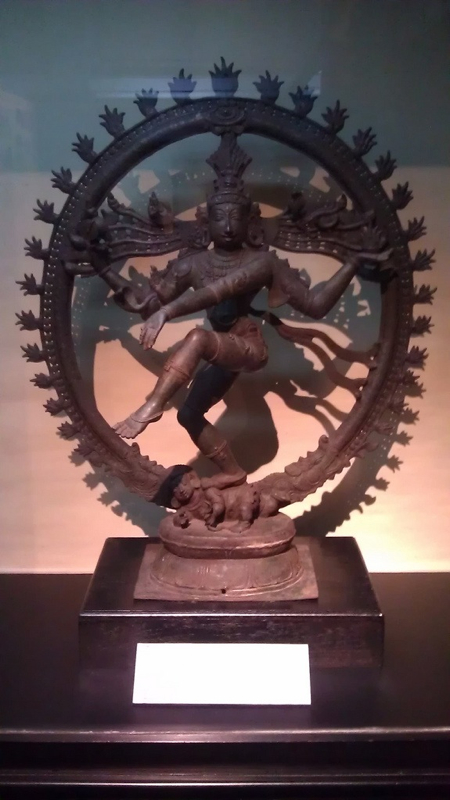
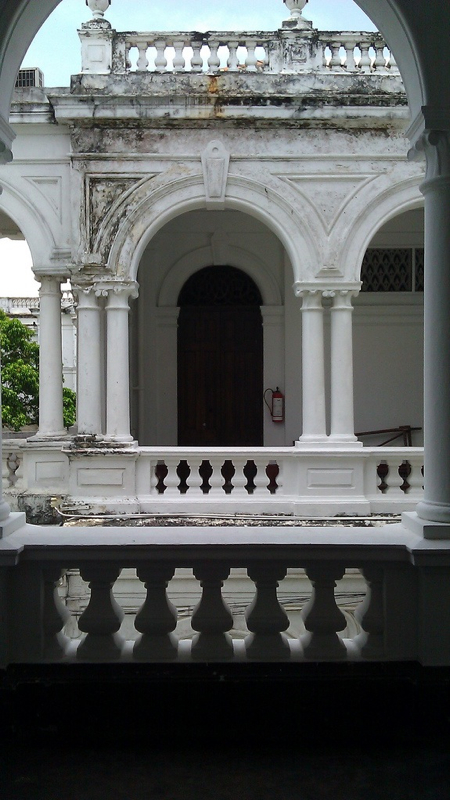
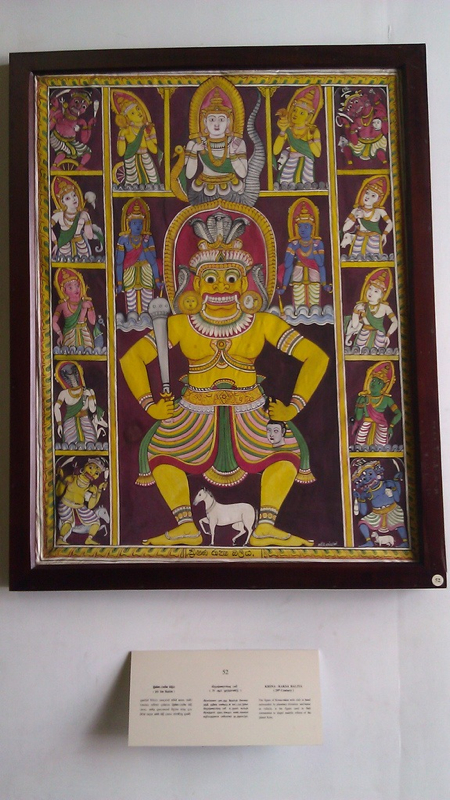
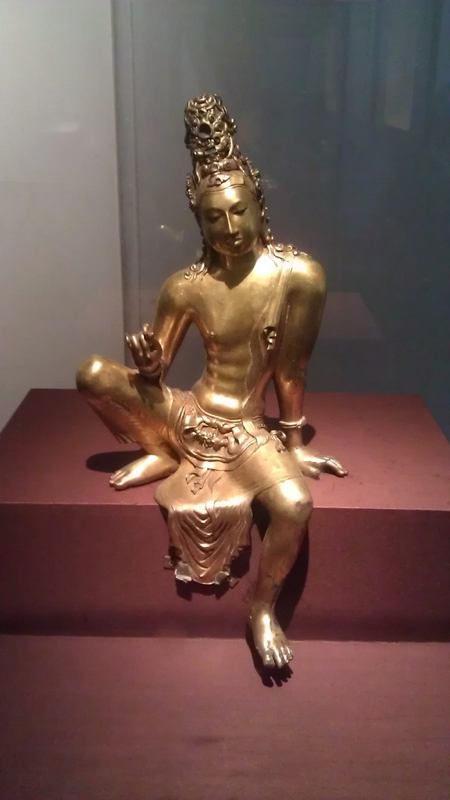
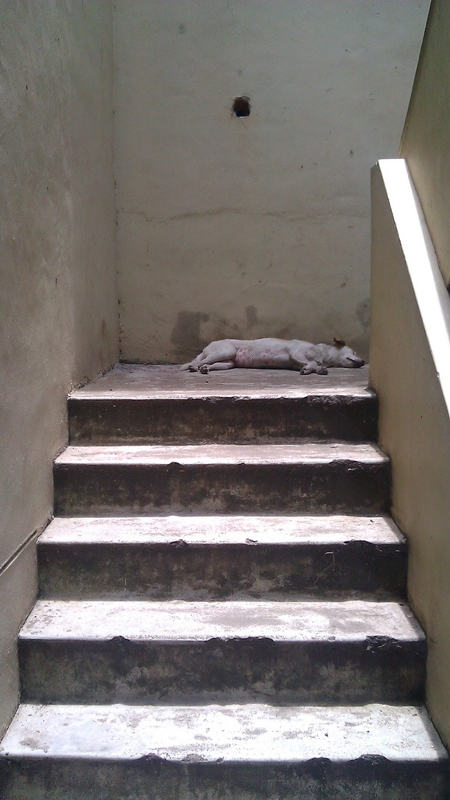
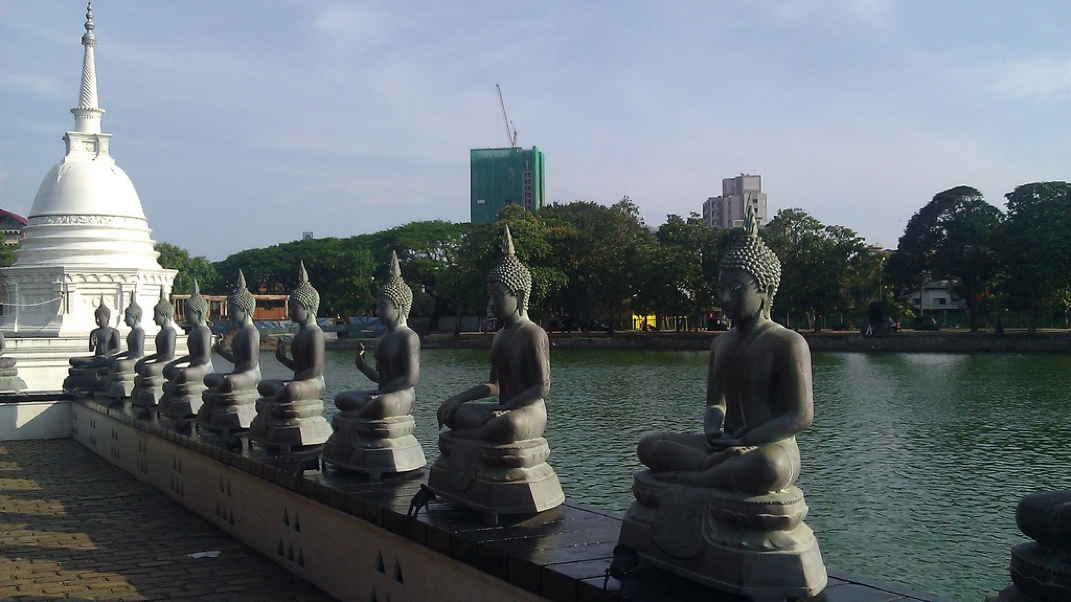
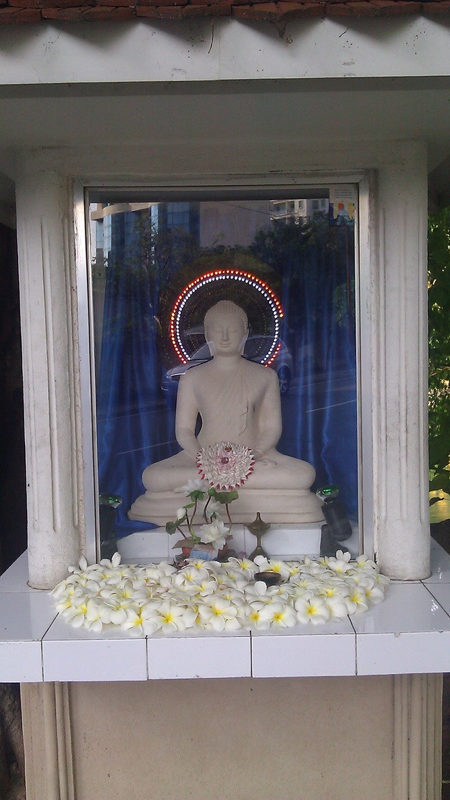
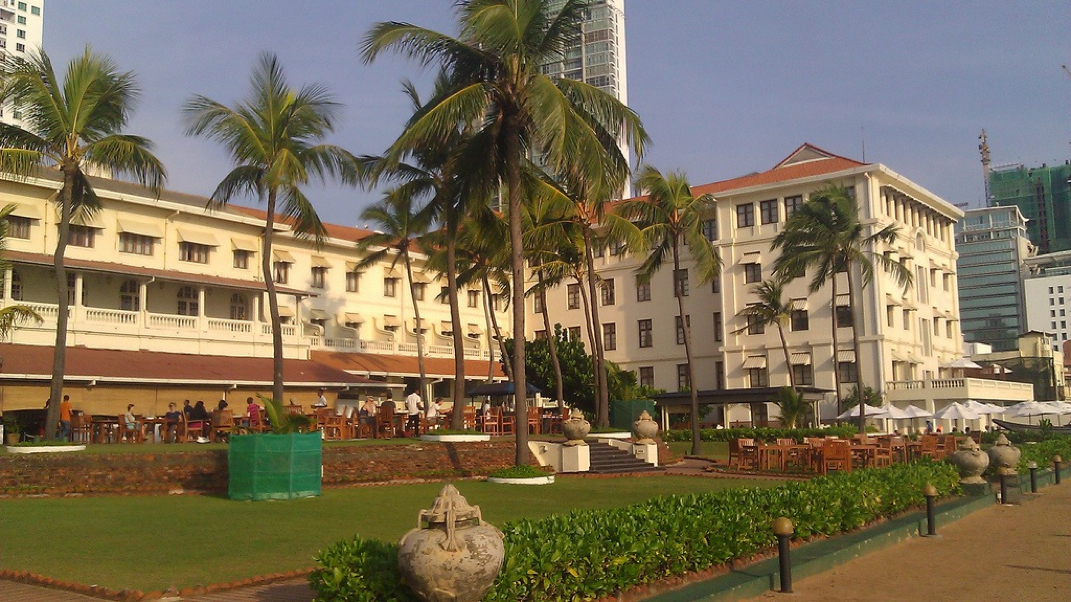
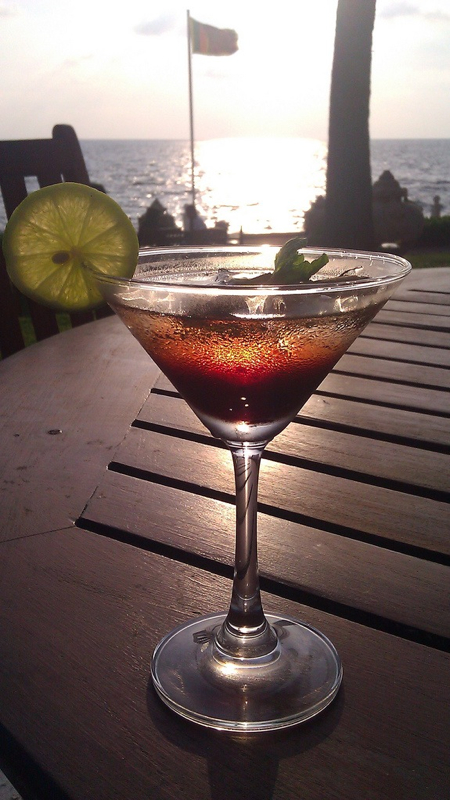
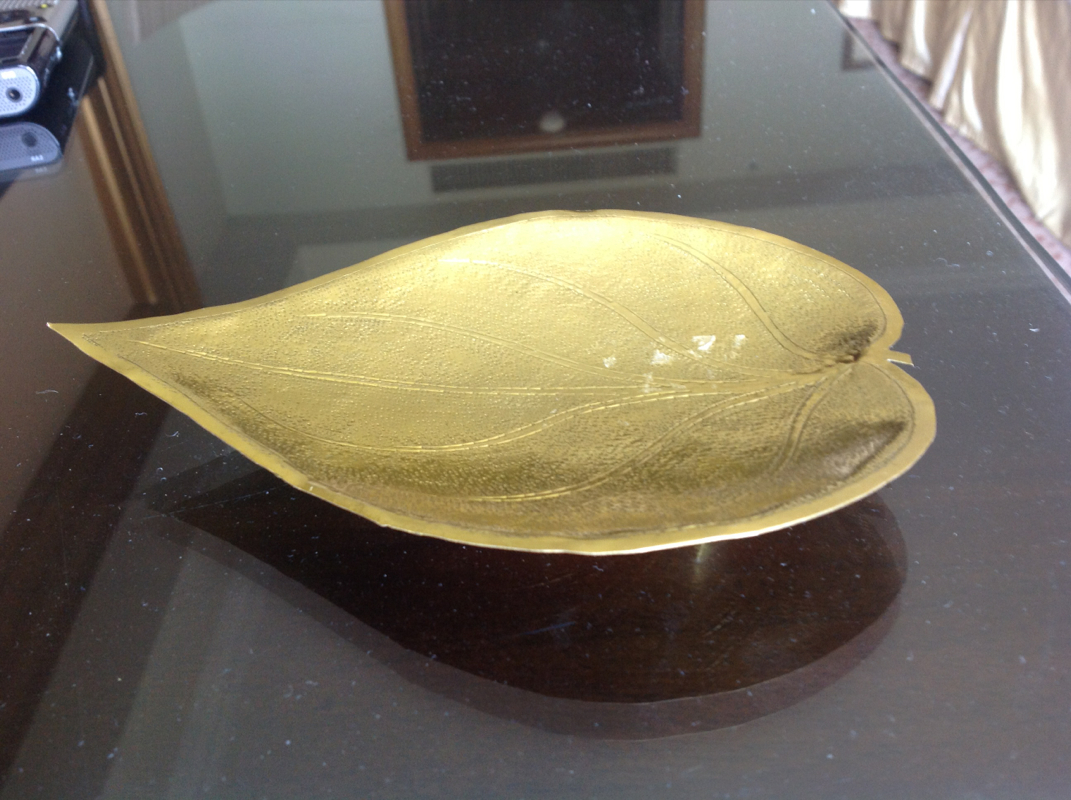
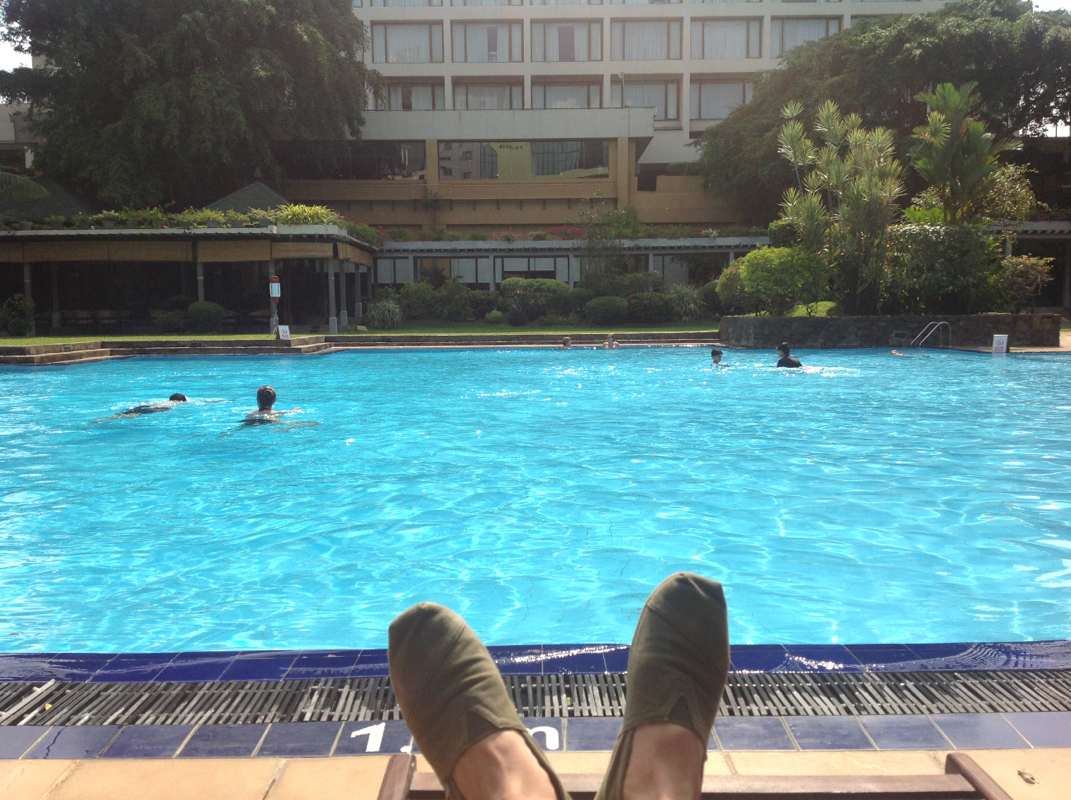
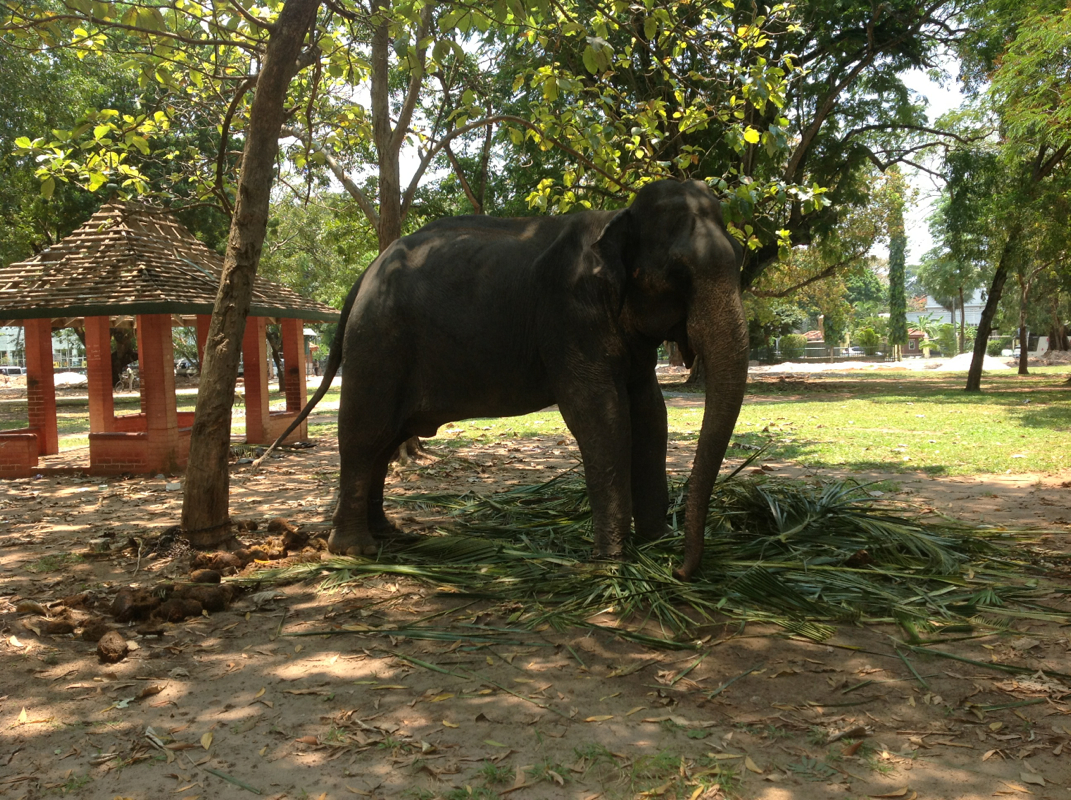
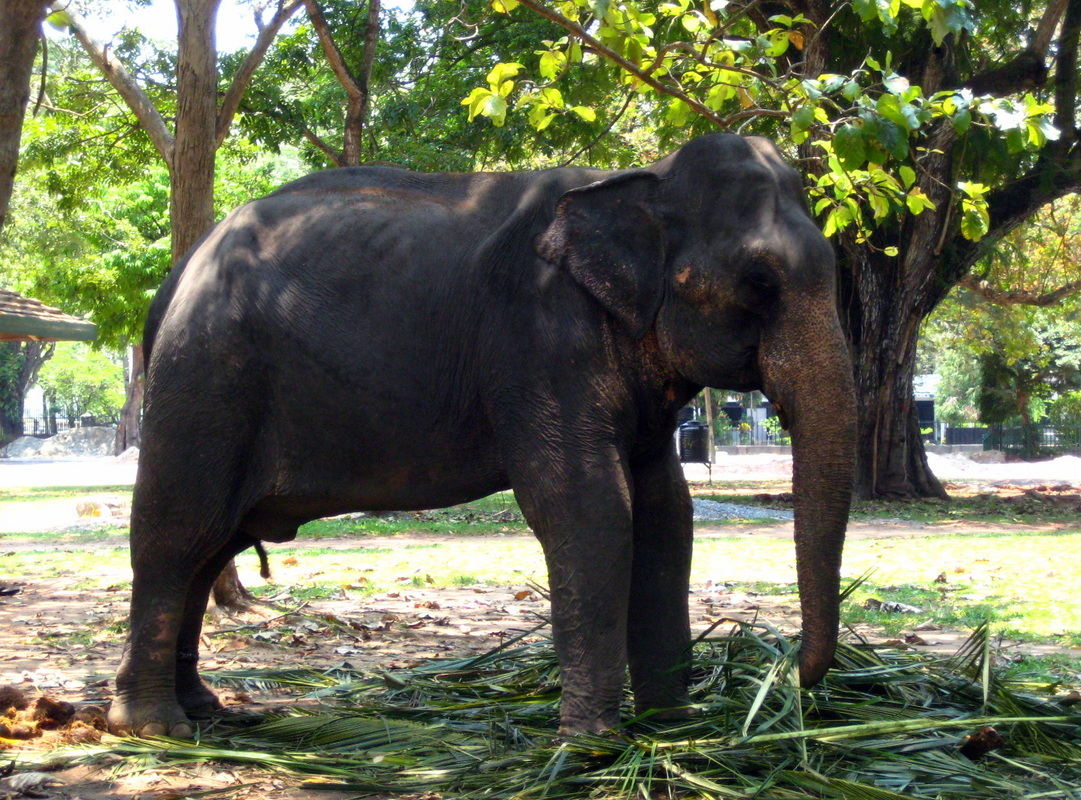
 RSS Feed
RSS Feed